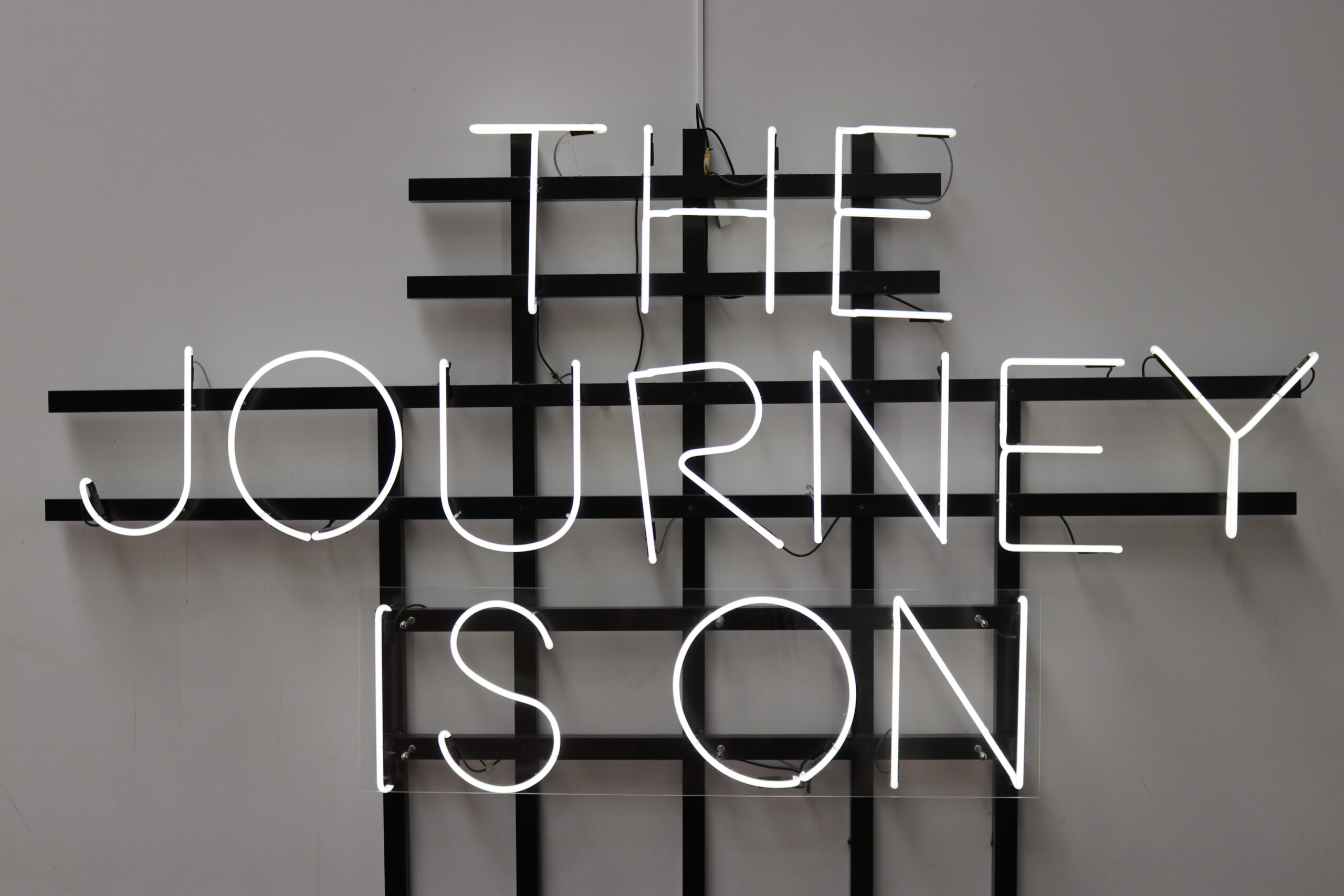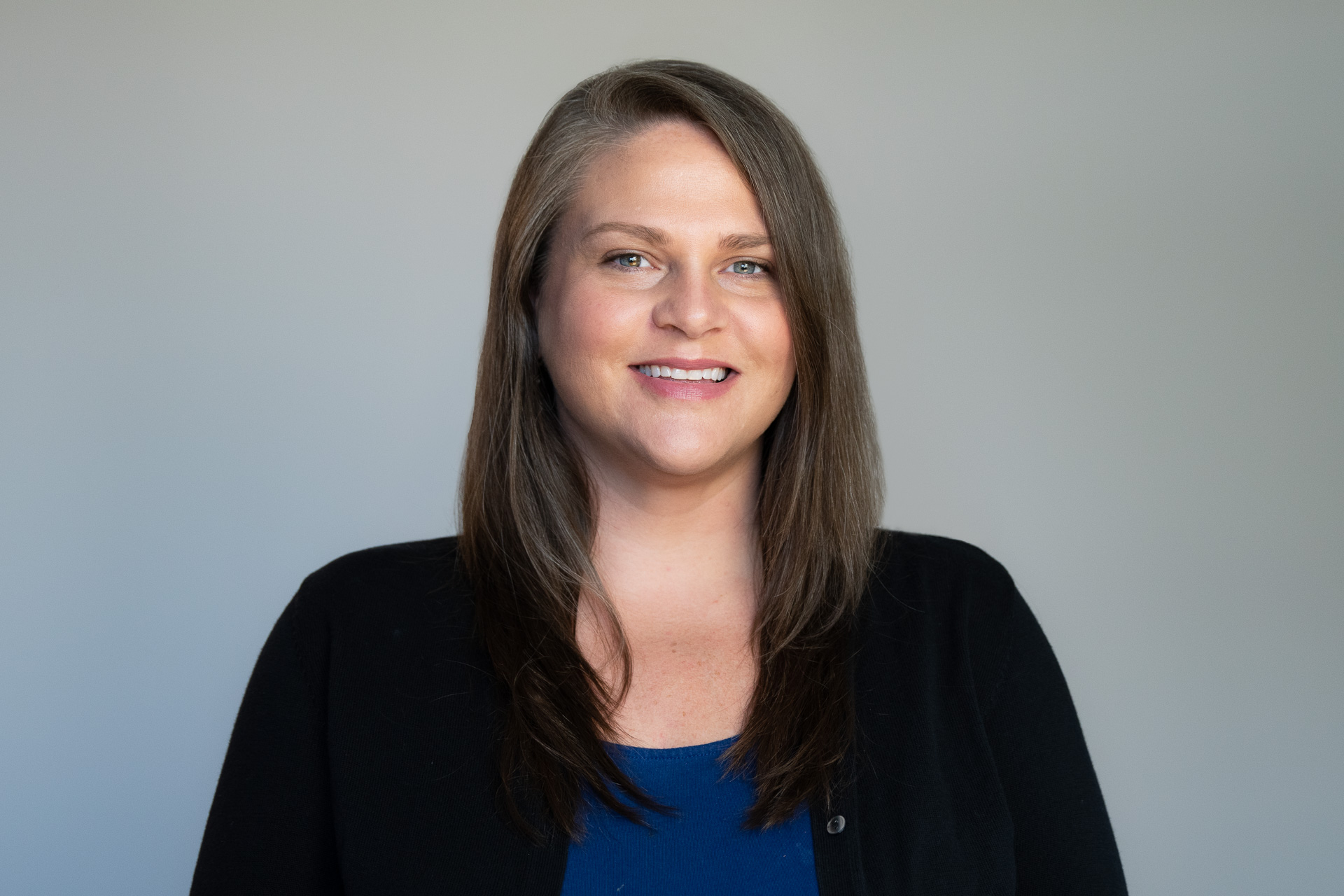Becoming better grantmakers: Our process to incorporate our values into our grantmaking

Editor’s note: CDP began an organization-wide review of its grantmaking practices and processes in 2022, incorporating learning and feedback from grantee partners, ensuring industry best practices for funders were considered and our values embedded deeper into our grantmaking practices and partnerships. As part of that change process, CDP committed to transparency and sharing our experience and reflections in a series of articles, blogs and case studies to promote and advance learning exchange with our peers in the philanthropic community. This post is part of that series.
In last week’s blog post, we shared WHY we wanted to update our grant management process. This week, we share HOW we did it so fellow grantmakers can consider using a similar methodology or be inspired to explore other methods.
When deciding on the ideal method for kicking off our change management process, we knew we wanted it to be collaborative among the eight-person grantmaking team, with everyone having the opportunity to lead a session or two. We also sought to include all departments within CDP, knowing that any changes to our process would ultimately impact the entire organization.
Throughout our experience, we determined the following goals to shape our process and hopefully to help inform our outcomes:
- Improve grantmaking practices by applying principles of trust-based philanthropy, Racial and Intersectional Equity (RIE) and localization.
- Act on grantee partner feedback from our comprehensive Grantee Perception Report (GPR) survey.
- Consider and implement changes to our overall grantmaking process itself.
- Revise and update forms and templates.
- Increase transparency and accountability to our grantee partners and other stakeholders.
We wanted to know: Can we do this? How can we do this? Would our stakeholders want us to do this? Starting on level ground with what we hoped we could provide at CDP was great for our team, as we all had different grantmaking experiences.
Involving many stakeholders and seeking feedback
In addition to our internal discussions, CDP partnered with the Center for Effective Philanthropy (CEP) in 2022 to survey 254 of our grantee partners for our first GPR. This feedback provided a good framework for understanding the needs of our partners.
We kicked off our grants change management process with a deep dive into trust-based philanthropy – specifically looking at the Six Practices of Trust-Based Philanthropy and dissecting each one and how that practice would look at CDP.
The next focus was on RIE in grantmaking. Our group discussed Arabella Advisors’ checklist: Incorporating DEI in Grant-Making Practice. This resource was helpful for us as we compared our current grantmaking process, such as the application itself, with recommendations on how to make it more inclusive for community-based organizations working in/with communities affected by disaster.
Lastly, we reviewed “Localisation in Practice” by Disasters & Emergencies Preparedness Programme (DEPP) to learn about the need to fund organizations on the local level and what practices are currently being used.
Organically, each meeting built upon the previous one, allowing the group to move deeper into a topic and its importance within our grantmaking. We also started to notice themes on certain practices that resonated with us or issues the group was interested in exploring further.
Giving the process the time it needed
This process was much like an onion with many layers. We would decide on something and then realize it was a much more complicated change than initially expected. For X to happen, Y would also need to be updated. These layers made us push back our completion timeline more than once and go back to the virtual drawing board, but it allowed us to make more profound organizational changes.
Tracking our progress to build off of previous learnings
One step in the process that was important was keeping group notes. Our team loves a Jamboard, and we often used this tool to seek ideas from the team. It was also a great way to capture all the resources and keep all our actionable items in one place.
As the grants manager, I work among our three grantmaking teams. During the change management process, I functioned as the team member who handled all parts of this process. In addition to keeping notes, it was helpful for one or two people to coordinate the process, ensuring meetings happened, approvals were sought, etc.
We learned through the process and the CEP evaluation that we were already good grantmakers, but as learners, we wanted to know if we could be doing more for our community partners. We want to model effective grantmaking within ourselves and for the philanthropic community. We share our process because that is just as important as the outcomes and hope other grantmakers can learn from it. Our top three recommendations are to:
- Involve many stakeholders (including grantee partners) and seek honest feedback.
- Give the process the time it needs to uncover and solve for root causes.
- Document the process to build off of previous learnings.
Our hope is that this motivates you to review and improve your grantmaking processes, whether you use our methodology or a different one.
Next week, I’ll share some of the outcomes and changes we’ve implemented.
More like this

Becoming better grantmakers: Why we embarked on a journey to improve our grantmaking

